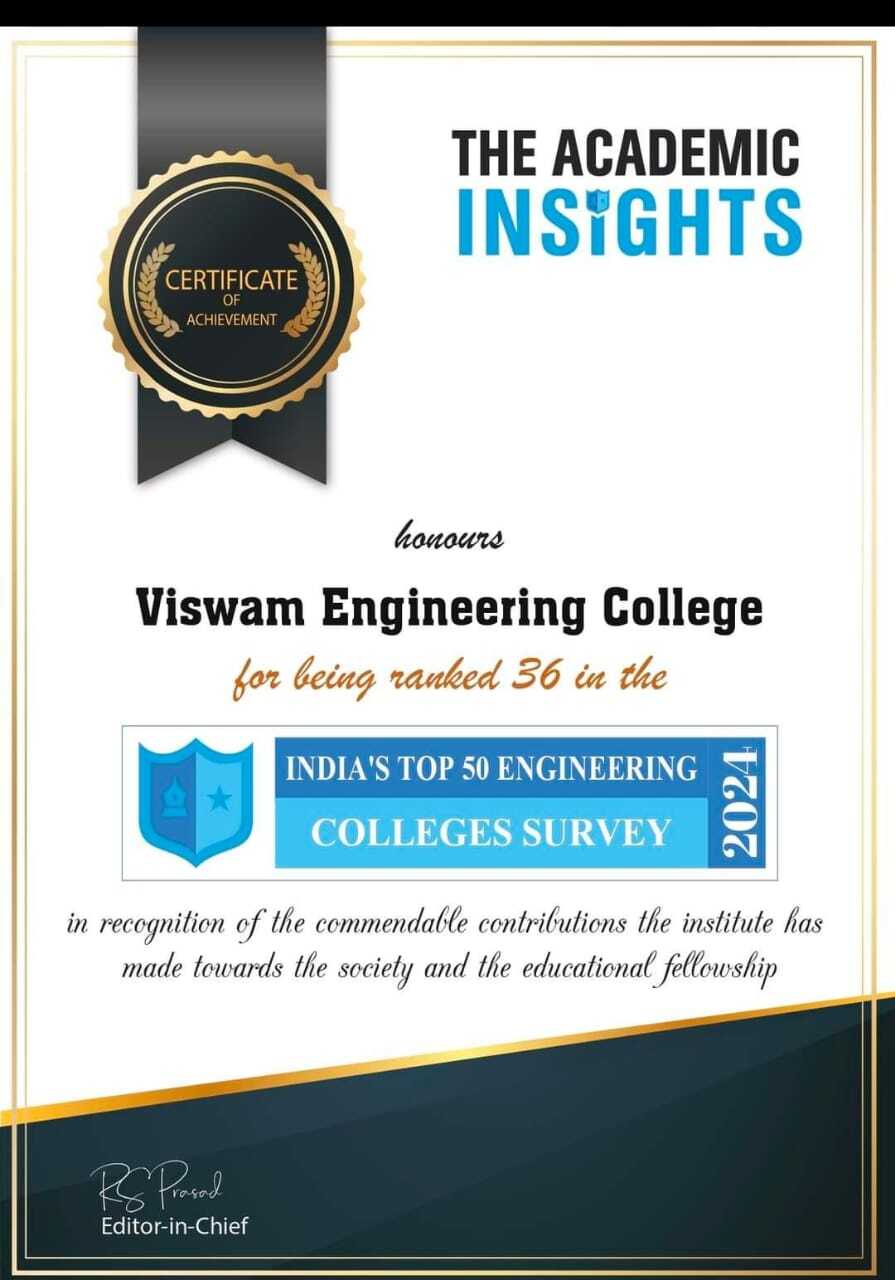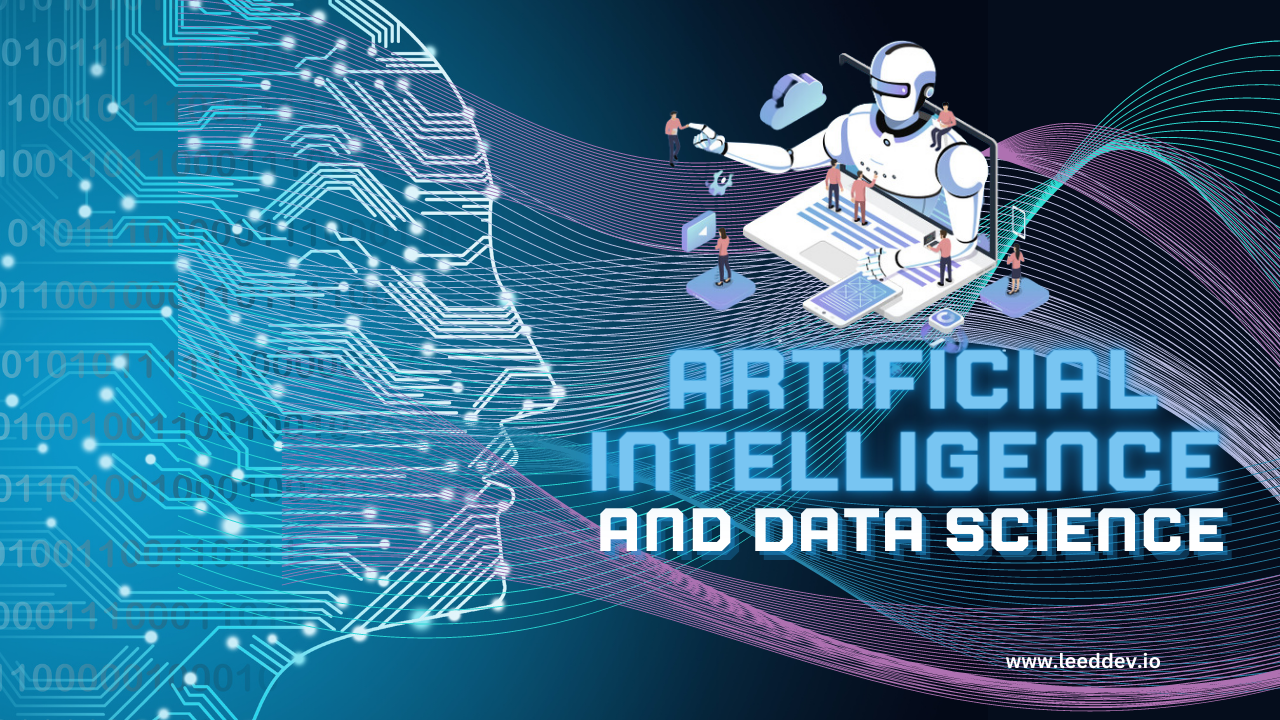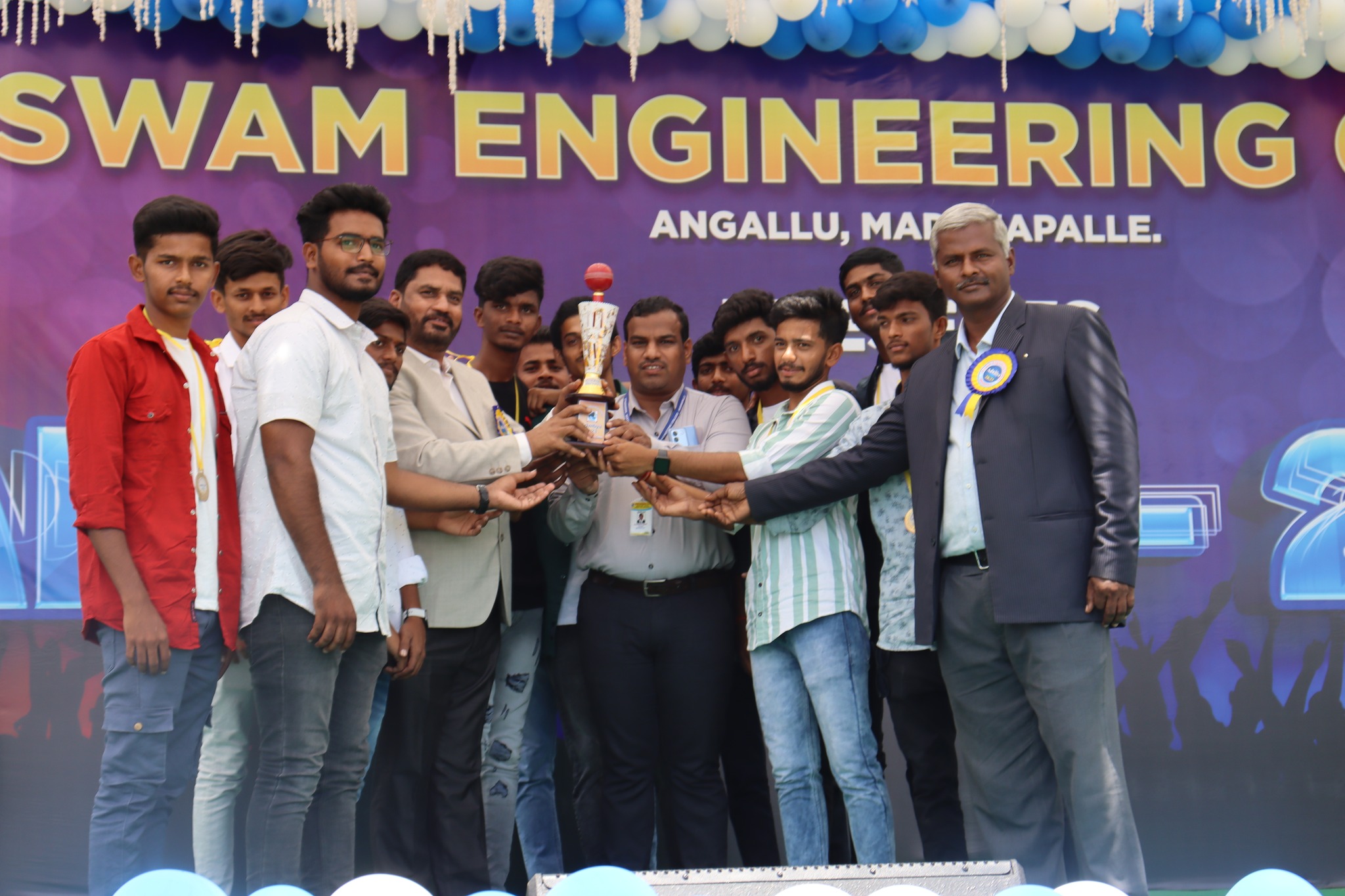ACTIVITIES - BH & S
Language Laboratory
The Language Lab focuses on the production and practice of sounds of language and familiarizes the students with the use of English in everyday situations and contexts. It helps students learn better pronunciation through stress on word accent, intonation, and rhythm. The lab also assists second language learners in acquiring fluency in spoken English and neutralizing mother tongue influence. We train students to use language appropriately for interviews, group discussions, and public speaking.
Language Laboratory Experiments
| S. No. |
NAME OF THE EXPERIMENT |
| 1 |
VOWELS & CONSONANTS |
| 2 |
NEUTRALIZATION & ACCENT RULES |
| 3 |
COMMUNICATION SKILLS & JAM |
| 4 |
ROLE PLAY OF CONVERSATIONAL PRACTICE |
| 5 |
E – MAIL WRITING |
| 6 |
RESUME WRITING |
| 7 |
GROUP DISCUSSION METHODS & PRACTICE |
| 8 |
DEBATES METHODS & PRACTICE |
| 9 |
PPT PRESENTATION / POSTER PRESENTATION |
| 10 |
INTERVIEW SKILLS |
| ADDITIONAL EXPERIMENTS |
| 1 |
TELEPHONE ETIQUETTE |
| 2 |
SELF-INTRODUCTION |
| 3 |
DATA INTERPRETATION |
Suggested Software:
- Walden Infotech
- Young India Films
- K van
- Globerena
Reference Books:
- Raman Meenakshi, Sangeeta-Sharma. Technical Communication. Oxford Press. 2018.
- Taylor Grant: English Conversation Practice, Tata McGraw-Hill Education India, 2016
- Hewing’s, Martin. Cambridge Academic English (B2). CUP, 2012.
- J. Sethi & P.V. Dhamija. A Course in Phonetics and Spoken English, (2nd Ed), Kindle, 2013
Web Resources:
Spoken English:
YouTube Channels:
Voice & Accent:
Applied Physics Laboratory
This lab is offered to first-year B.Tech students and facilitates sophisticated equipment to conduct various physics experiments. In this laboratory, students are exposed to interference, diffraction, the role of optical fiber parameters, and signal losses in communication. Students can recognize the importance of the energy gap in the study of conductivity, Hall Effect in a semiconductor, applications of BH curve, application of laser in finding the particle size, and its role in diffraction studies, etc.
Equipment List
| S.NO |
NAME OF THE EQUIPMENT |
NUMBER AVAILABLE |
| 1 |
AIR WEDGE PLATES |
3 |
| 2 |
AMMETER |
8 |
| 3 |
CONVEX LENS |
10 |
| 4 |
DIFFRACTION GRATING |
12 |
| 5 |
LASER SOURCE |
2 |
| 6 |
MERCURY LAMP |
2 |
| 7 |
MAGNIFYING LENS |
4 |
| 8 |
OPTICAL FIBER SETUP |
2 |
| 9 |
PARTICLE DEPOSITED SLIDE |
1 |
| 10 |
RETART STAND |
7 |
| 11 |
SPECTROMETER |
4 |
| 12 |
SPECTROMETER PRISM |
5 |
| 13 |
SODIUM VAPOUR LAMP |
5 |
| 14 |
SEMICONDUCTOR ENERGY GAP TESTING KIT |
3 |
| 15 |
SCREW GAUGE |
9 |
| 16 |
STEWART GEE’S APPARATUS SETUP |
3 |
| 17 |
TRAVELLING MICROSCOPE |
3 |
| 18 |
VERNIER CALIPERSE |
9 |
| 19 |
RHEOSTAT |
5 |
| 20 |
COMMUTATOR |
6 |
| 21 |
BATTERY ELIMINATOR |
5 |
| 22 |
THERMOMETER |
7 |
| 23 |
HEATER |
3 |
| 24 |
STOP WATCH |
4 |
| 25 |
SPIRIT LEVEL |
4 |
| 26 |
PHYSICAL BALANCE |
1 |
| 27 |
PLANO CONVEX LENS |
4 |
| 28 |
SODIUM VAPOUR LAMP TRANSFORMER |
4 |
| 29 |
B-H CURVE KIT |
1 |
| 30 |
COMPOUND PENDULUM |
4 |
| 31 |
SONOMETER |
4 |
| 32 |
MELDIES EXPERIMENTAL SETUP |
3 |
| 33 |
THERMISTOR KIT |
2 |
| 34 |
SLIT |
1 |
| 35 |
V- SHAPE STANDS |
10 |
| 36 |
TUNING FORK SET |
4 |
| 37 |
TORSIONAL PENDULUM |
1 |
Chemistry / Engineering Chemistry Laboratory
This lab is offered to first-year B.Tech students and facilitates sophisticated equipment to conduct various chemistry experiments. In this laboratory, students learn the preparation and properties of synthetic polymers and other materials that would provide sufficient impetus to engineer these to suit diverse applications. Students can learn the hygiene aspects of water so they would be in a position to design methods to produce potable water using modern technology. Students can acquire the practical skills to handle analytical methods with confidence and would be able to combat chemical corrosion and address water-related problems technically.
Chemistry / Engineering Chemistry Laboratory Equipment
| S.NO |
NAME OF THE EQUIPMENT |
NUMBER AVAILABLE |
| 1. |
Analytical balance with weight box |
4 |
| 2. |
Aspiration bottles |
5 |
| 3. |
Burette |
27.50 ml - 4 ; 10 ml - 28 |
| 4. |
Burette stand with clamp |
55 |
| 5. |
Bunsen burner with stopper |
4 |
| 6. |
Burner coil |
40 |
| 7. |
Boiling test tubes |
15 |
| 8. |
Beakers |
48 |
| 9. |
Conical flask |
53 |
| 10. |
Centrifugal machines |
8 |
| 11. |
Colorimeter |
2 |
| 12. |
Conductometer |
3 |
| 13. |
Digital weighing balance |
1 |
| 14. |
Dropping bottles |
13 |
| 15. |
Digital weighing balance |
1 |
| 16. |
Funnels |
16 |
| 17. |
Filter papers |
1 ream |
| 18. |
Glass rods |
3 |
| 19. |
Iodine flasks |
39 |
| 20. |
Measuring jar |
84 |
| 21. |
Potentiometer |
2 |
| 22. |
PH Meter |
1 |
| 23. |
Pipettes |
20 ml - 58 ; 5 ml - 73 |
| 24. |
Redwood viscometer 1&2 |
I - 2 ; II - 2 |
| 25. |
Spatula |
13 |
| 26. |
Standard flask |
2 l - 2 ; 1 l - 4 ; 1/2 l - 3 ; 100 ml - 56 |
| 27. |
Test tubes |
45 |
| 28. |
Test tube stand |
34 |
| 29. |
Test tube holders |
25 |
| 30. |
Test tube brushes |
7 |
| 31. |
Thermometer |
17 |
| 32. |
Watch Glass |
29 |
| 33. |
Wire gauge with flame |
4 |
| 34. |
Wash bottles |
10 |
| 35. |
Reagent Bottles |
250 ml - 52 ; 150 ml - 8 |
C-Programming & Data Structures Laboratory
This lab is intended to make the students learn about the basic concepts of C-language and Data structures and implement programs related to C-Language and Data Structures.
IT Workshop
This lab is intended to make the students learn about Assembling and Disassembling a Computer, Connecting computers in a LAN, Installation of Linux operating system, and office automation tools.
IT Workshop Details
| Room No |
B-115 |
| No of computers |
70 |
| System Configuration |
Processor: Intel (R) Pentium ® CPU G4400 @ 3.30GHz, 3.31 GHz
RAM: 400 GB
Hard Disk: 500 GB
Operating system: 64-bit, x64-based processor
|
| Software used in the Laboratory |
Code Blocks, Libre Office |
Engineering Workshop Laboratory
To gain an understanding of the basics of five trades, this lab aims to help students understand house wiring and electrical connections, V-fitting, Square fitting, T-half lap joint, Mortise and Tenon joint, Rectangular tray, Cylinder, Lap joint, and butt joints through demonstrable experiments. Material Science applications are used in many fields of engineering, especially mechanical engineering and civil engineering.
List of Trades
| S.NO. |
NAME OF THE TRADE |
| 1 |
CARPENTRY |
| 2 |
TIN SMITHY |
| 3 |
FITTING |
| 4 |
HOUSE WIRING |








